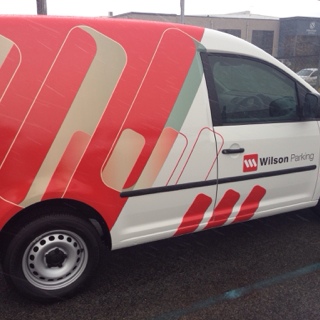Title Page
-
Site conducted
-
Conducted on
-
Prepared by
Untitled Page
PLANNING & INSTALLATION
-
Ensure the model chosen is appropriate for the size and type of Tyres commonly changed in your Dealership.
-
Allocate a space with a level, smooth and non-slippery floor surface that has suitable load capacity.
-
Ensure electrical and air supply are appropriate for the machine and located within range of the machine.
-
Follow manufacturer’s recommendations to anchor the machine to the ground, as required.
-
Ensure the manufacturer’s recommended spacing for operation is met for safe operation, as a minimum allow 600mm between operation and any walkway or other equipment/ operation.
-
Ensure changer is set at a working height that minimizes lifting, bending and awkward postures. Consider also increasing the ease of positioning the wheel on the Tyre changer correctly. If mechanical aids are used to move the tyre from vehicle to changer, ensure positioning allows for an easy transition.
-
Ensure Tyre restraints are suitable e.g., spilt rims should be inflated within a safety cage.
-
Check all relevant Australian laws and standards have been met; including AS 4024 Machine Guarding and AS/NZS 3760 Inspection and testing of electrical equipment.
PRE-OPERATION
-
Operations Manual available.
-
Develop work procedures (if multiple makes and models used in Dealership, ensure machine variations are accommodated), and train all users. You may utilize the Operations Manuals listed safe work procedure, but site-specific variations may be required e.g. if inflating split rims (and Tyre changer not fitted with safety cage, relocate Tyre to safety cage for inflation.
-
Controls clearly labelled, particularly on/off and emergency stop.
-
Add to the site plant and equipment register, See Section 24.
-
Set-up inspection and maintenance schedule per manufacturer’s instructions (operations manual)
Tips for Safe use of Tyre Changer:
-
Only use it if you are trained and authorized. Operators must be familiar with equipment controls.
-
Ensure moving parts are lubricated, prior to use.
-
Check equipment for damage, prior to use. Including hoses, leads, clamps and guards, if applicable. If not safe tag out and report to supervisor/ manager.
-
A check machine is appropriate for the Tyre (e.g., size) being used.
-
Ensure table is clean before using.
-
Ensure mechanical aids used allow Tyre to be easily maneuvered on and off the machine.
-
Do not exceed maximum capacity stated in the press.
-
Ensure suitable tools for tasks are used.
-
Deflate Tyre before removing from vehicle
-
Tubbed Tyre – ensure stem and core inserted properly.
-
Never put any part of your body between hydraulic clamps.
-
Never leave the machine unattended when in operation.
-
Before adjusting, switch off and bring the machine to a complete standstill.
-
Keep your hands and body clear whilst in operation and during Tyre inflation.
-
Check rim and Tyre sizing are correct before inflating the Tyre.
-
Inflate in short bursts and frequently check pressure.











